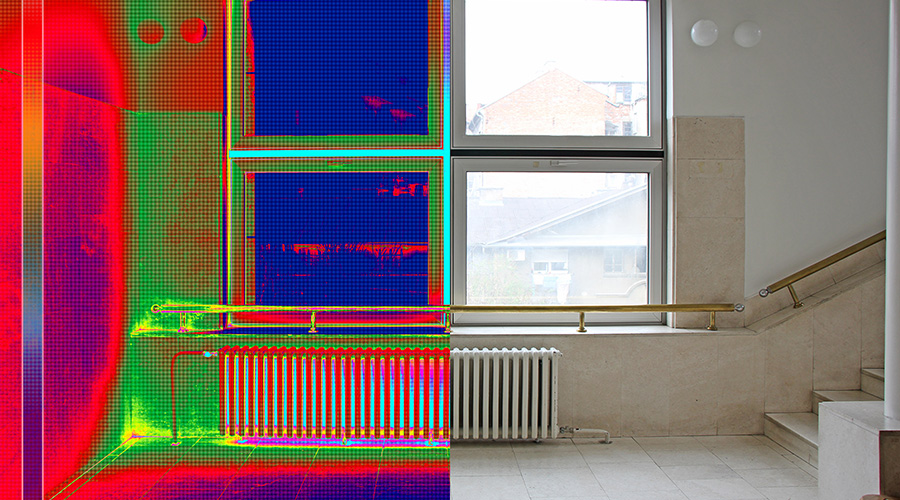Lockout-Tagout Training Reduces Injury Risk
The phrase lockout/tagout refers to specific practices and procedures to safeguard employees from the unexpected energizing or starting up of machinery and equipment, or the release of hazardous energy during service or maintenance.
Front-line technicians face great risk of injury if they do not properly implement lockout/tagout measures. Managers must pay special attention to training for technicians servicing electrical and HVAC systems, since they routinely engage in these types of maintenance activities.
OSHA requires employers to provide training to ensure employees understand the purpose and function of the lockout/tagout program and to acquire the knowledge and skills required for the safe application, use, and removal of these essential energy controls. The training must cover several key points.
Each authorized employee must receive training in recognizing hazardous energy sources, the type and magnitude of the energy available in the workplace, and the methods and means necessary for energy isolation and control.
Each affected employee also must receive instructions in the purpose and use of energy-control procedures.
All other employees whose work operations are or might be in an area where energy-control procedures are in use must receive instructions about the procedures, as well as the prohibition relating to attempts to restart or re-energize machines or equipment that are locked out or tagged out.
Finally, when tagout systems are in use, employees also must receive training in the limitations of tags.
Related Topics:


















